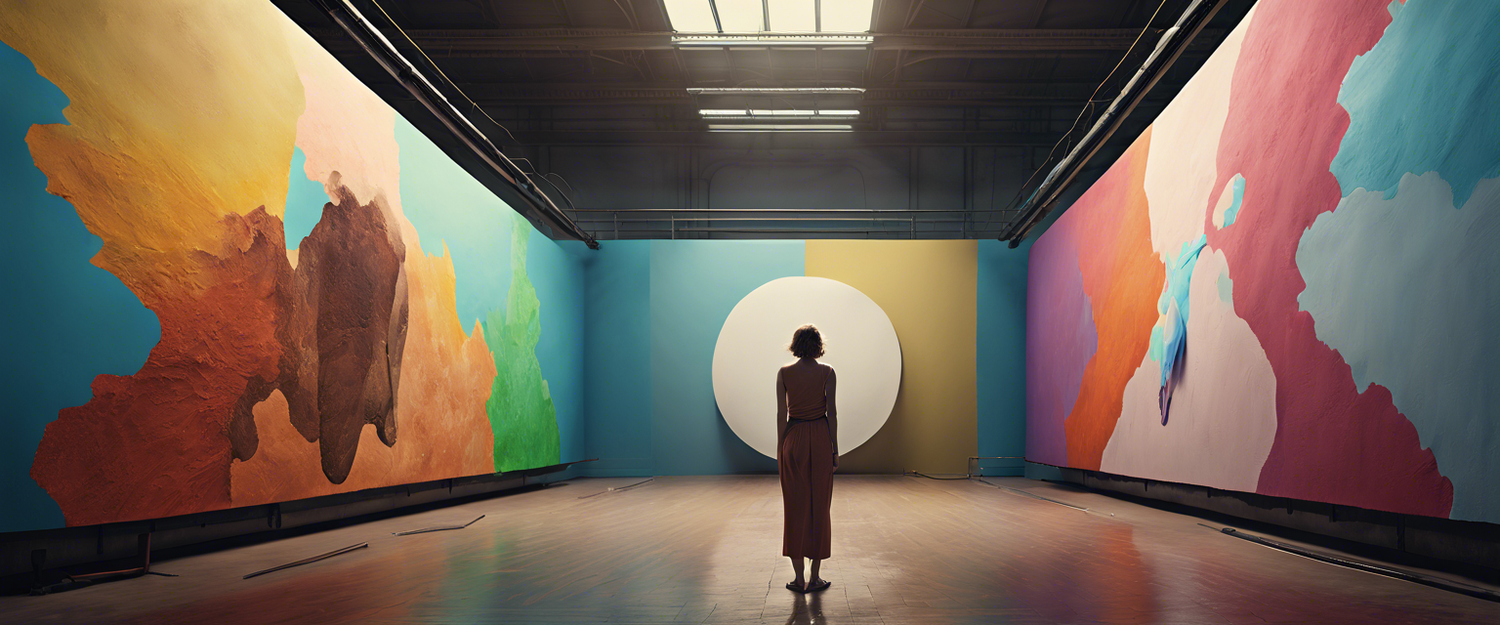What is InPainting?
Image inpainting is a cutting-edge area of AI research that focuses on filling in missing or corrupted areas of images with contextually appropriate content. Recent advancements in AI have allowed it to outperform traditional artists in this domain, leading to a remarkable enhancement in image restoration and editing capabilities.
This technology is particularly useful for various applications such as:
- Creating flawless advertisements
- Enhancing future social media posts
- Editing and fixing AI-generated images
- Repairing old photographs
The most prevalent method for image inpainting utilizes Convolutional Neural Networks (CNNs). A CNN is specifically designed to learn the intricate features of images, enabling it to reconstruct missing content in a visually and semantically coherent manner.
Short Introduction to Stable Diffusion
Stable Diffusion is an innovative latent text-to-image diffusion model that generates both stylized and photorealistic images. It is pre-trained on a significant subset of the LAION-5B dataset, making it accessible for anyone with a consumer-grade graphics card to create stunning artwork in mere seconds.
How to do InPainting with Stable Diffusion
This tutorial outlines how to perform prompt-based inpainting using Stable Diffusion and Clipseg without the need to manually create a mask. A mask, in this context, is a binary image that informs the model which sections of the original image need modification.
To proceed with inpainting, ensure you meet the following requirements:
- A good GPU (or use Google Colab with a Tesla T4)
The three mandatory inputs required for inpainting are:
- Input Image URL
- Prompt specifying the section to be replaced
- Output Prompt
Additionally, there are parameters that can be adjusted:
- Mask Precision
- Stable Diffusion Generation Strength
For users accessing Stable Diffusion from Hugging Face for the first time, acceptance of the Terms of Service on the model page and obtaining a Token from the user profile is necessary.
Getting Started
To set up the inpainting process:
- Install the open-source Git extension for versioning large files.
- Clone the Clipseg repository.
- Install the diffusers package from PyPi.
- Install additional required helpers.
- Install CLIP using pip.
Logging in with Hugging Face
Run the following command to log in:
After the login process, you will receive a confirmation of success.
Loading the Model
Load the model in a non-strict manner (decoder weights only) or from an external URL.
Processing the Input Image
To convert and display the input image:
- Load the input image.
- Convert the input image to the required format.
- Display the image using
plt.
Creating the Mask and Inpainting
Define a prompt for the mask, predict the result, and visualize the prediction:
- Convert the mask into a binary image and save it as a PNG file.
- Load both the input image and the created mask.
- Perform inpainting using the selected output prompt.
Depending on your hardware, this may take a few seconds. For Google Colab, simply print out the modified image.
Conclusion
With these steps, users can seamlessly integrate inpainting into their creative processes, leading to enhanced image quality and aesthetic value. For further exploration of AI image inpainting techniques and resources, please visit our tutorial page.
Thank you for engaging with this tutorial! This resource was brought to you by Fabian Stehle, Data Science Intern at New Native.



댓글 남기기
모든 댓글은 게시 전 검토됩니다.
이 사이트는 hCaptcha에 의해 보호되며, hCaptcha의 개인 정보 보호 정책 과 서비스 약관 이 적용됩니다.